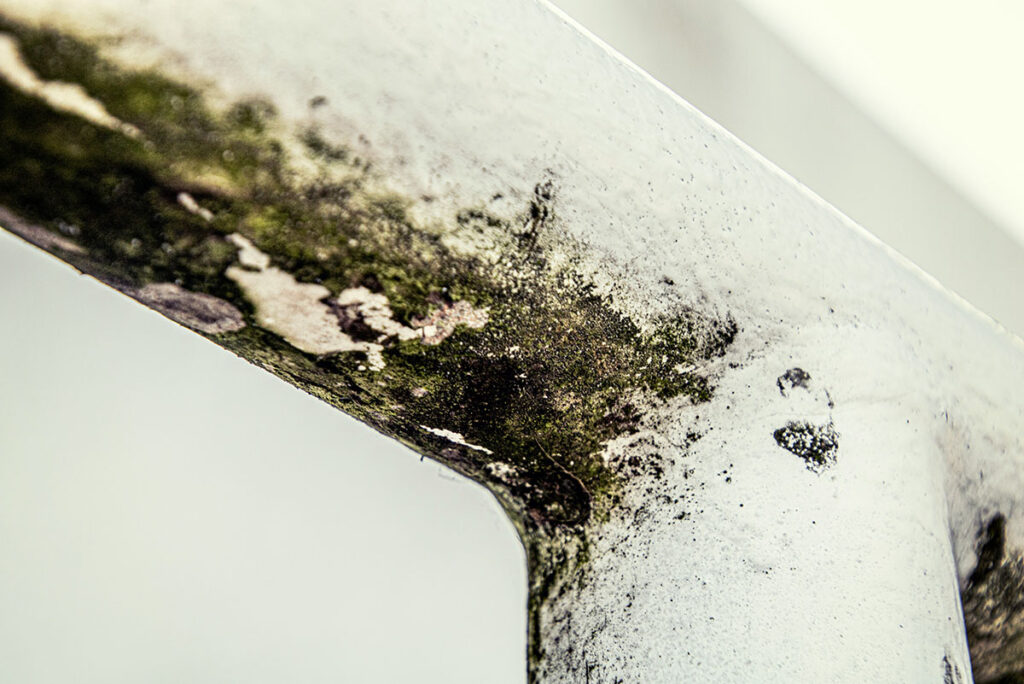ASTM D7338 Mold Sampling and Testing in Indoor Air
The American Society for Testing and Materials (ASTM) standard ASTM D7338 provides a protocol for the collection, analysis, and reporting of mold samples from indoor air. This service is essential for identifying potential health risks associated with mold growth within buildings.
Mold can thrive in various environments under specific conditions, leading to its presence indoors. According to the U.S. Environmental Protection Agency (EPA), dampness and humidity are key factors that encourage mold growth. The standardization of sampling methods allows for consistent and reliable data collection, which is crucial for accurate assessment.
The ASTM D7338 protocol specifies the use of quantitative impact samplers to collect viable spores from indoor air samples. This method ensures that the collected samples are representative of the airborne mold population in the area being tested. The specimens can then be analyzed using a variety of techniques, including culture-based and non-culture methods.
Quality control is paramount when dealing with such sensitive testing procedures. Laboratories performing ASTM D7338 sampling must adhere to strict protocols to ensure accuracy and reliability. This includes the use of calibrated equipment, standardized sample preparation, and adherence to best practices in specimen handling. Proper training and certification for personnel involved are also critical components.
The data generated from these tests can be used to assess compliance with indoor air quality standards set forth by organizations like the World Health Organization (WHO) and national governments. Additionally, it provides valuable information that can inform remediation efforts if mold contamination is detected.
It's important to note that while ASTM D7338 focuses specifically on mold sampling, it does not address all aspects of indoor air quality. Other parameters such as particulate matter (PM2.5 and PM10), volatile organic compounds (VOCs), and other biological agents may also need to be considered depending on the specific needs of the client.
When conducting ASTM D7338 tests, it's recommended that samples are taken at different times throughout the day and week to account for variations in humidity levels and temperature changes which can affect mold growth. Proper sample collection techniques play a significant role in ensuring accurate results. For instance, using an appropriate impactor size (typically 2.5 microns) helps capture smaller spores that might otherwise be missed.
- Impactors used should have a nominal particle cut point of no more than 2.5 micrometers to ensure accurate sampling.
- The impactor plates must be cleaned thoroughly before each use to prevent cross-contamination between samples.
- After collection, samples are sealed in airtight containers and shipped promptly to the laboratory for analysis.
In summary, ASTM D7338 provides a robust framework for collecting mold samples from indoor air. By following this standard, laboratories can ensure high-quality data that is crucial for making informed decisions about potential health risks associated with mold exposure.
Why It Matters
Mold in indoor environments poses significant health implications due to its production of allergens, irritants, and toxic substances known as mycotoxins. Exposure to these compounds can lead to various adverse effects ranging from minor symptoms like sneezing and coughing to more severe conditions such as asthma exacerbation or even immune suppression.
Indoor mold contamination is particularly problematic in schools, offices, hospitals, and residential buildings where large numbers of people spend extended periods. The prevalence of dampness and poor ventilation further exacerbates the issue by creating favorable conditions for mold growth. According to studies conducted by the Centers for Disease Control and Prevention (CDC), approximately 12% of U.S. households experience mold problems annually.
Accurate identification and quantification of airborne molds through ASTM D7338 are vital steps towards mitigating these risks. The information gathered during testing can guide remediation strategies aimed at reducing indoor mold levels effectively. Furthermore, compliance with relevant regulations such as OSHA’s permissible exposure limits (PELs) for certain types of mold spores ensures worker safety in occupational settings.
For facilities managers and property owners, understanding the distribution patterns of different mold species across various locations within a building helps prioritize cleaning efforts. It also enables proactive measures to prevent future outbreaks by addressing underlying issues such as leaks or insufficient air exchange rates promptly.
Industry Applications
The application of ASTM D7338 extends beyond residential buildings into various sectors including commercial real estate, healthcare facilities, schools, and industrial plants. In commercial offices, the presence of mold can negatively impact employee productivity due to discomfort caused by allergic reactions or respiratory illnesses.
Healthcare institutions are especially vulnerable because they house individuals who may already have compromised immune systems; thus, maintaining pristine indoor air quality is paramount for patient care. Schools and childcare centers must ensure safe learning environments free from harmful microorganisms that could affect children's health adversely.
In industrial settings where workers handle hazardous materials frequently or work in confined spaces with limited ventilation, monitoring mold concentrations becomes crucial to protect employee well-being. Regulatory bodies often mandate periodic inspections based on industry-specific guidelines to maintain compliance and promote occupational hygiene practices.





